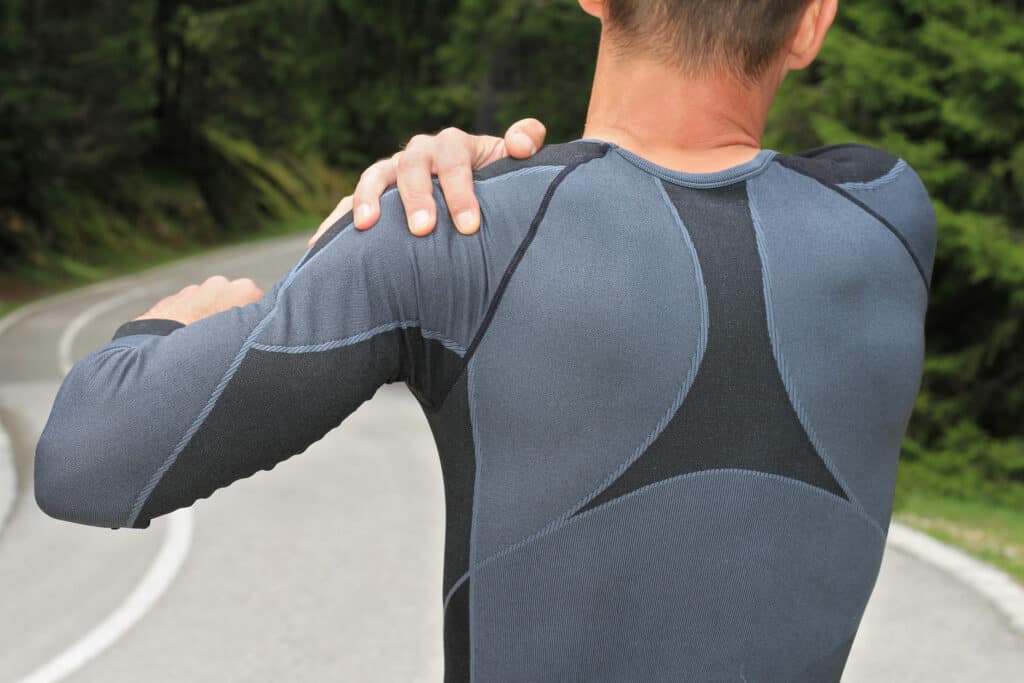
AC (Acromioclavicular) Joint Strain is a common type of shoulder injury that occurs when the joint between the shoulder blade and collarbone is stretched or separated. This injury is most often seen in athletes who play contact sports or require repetitive shoulder movements but it can also be caused by trauma from accidents or falls. If you’ve experienced an AC joint strain you may be wondering if the pain is going to be constant or if it comes and goes. In this blog post, we’re going to discuss exactly that and talk about the treatment options available to help you recover from your injury.
First, let’s tackle the question at hand. Does AC joint strain hurt all the time? The answer is no, it doesn’t. AC joint strain is typically characterized by pain and tenderness at the top of the shoulder, which may worsen with certain movements such as reaching overhead or across the body. The pain may also be more intense at night when you’re lying on your affected shoulder.
However, the pain from an AC joint strain may not be constant. You may experience periods of relative relief, especially if you’re resting your shoulder and avoiding activities that aggravate the injury. That being said, the pain may return when you resume your normal activities.
Now that we’ve established that the pain from an AC joint strain isn’t constant, let’s talk about the treatment options available. Your treatment plan will depend on the severity of your injury, but here are a few options:
Physiotherapy: Physiotherapy is an effective treatment option for AC joint strain. Your physiotherapist will work with you to develop a customized exercise and stretching program that will help strengthen the muscles surrounding the AC joint and improve range of motion. This will help you recover from your injury and prevent future injuries.
Chiropractic care: Chiropractic care can also be a helpful form of treatment for AC joint strain. A chiropractor can perform adjustments to realign the joint and reduce pain and inflammation. They may also use a combination of soft tissue work, stretching, and exercises to help you recover.
Rest and ice: In some cases, all that may be needed is rest and ice. Resting your shoulder and applying ice to the affected area can help reduce inflammation and relieve pain. Remember to avoid activities that aggravate your injury during this time.
Medications: Over-the-counter pain medications like ibuprofen or acetaminophen may help alleviate the pain and inflammation associated with AC joint strain. However, it’s important to note that these medications should only be used in consultation with your healthcare provider.
In conclusion, pain from an AC joint strain is not constant and may come and go depending on your activity levels and the severity of your injury. The good news is that there are effective treatment options available to help you recover. If you’re experiencing pain in your shoulder, it’s important to seek medical attention as soon as possible to prevent further injury and get back to your normal activities. At the end of the day, prioritize your health and connect with a practitioner who can guide you through the appropriate treatment plan.
If you have any questions or would like to explore further, please book a free, no-charge online appointment with either myself, Nitin Nair, BPT, R/TRO DIP, PT, or another Kitchener physiotherapist at CARESPACE. We are happy to listen and are here to help!

